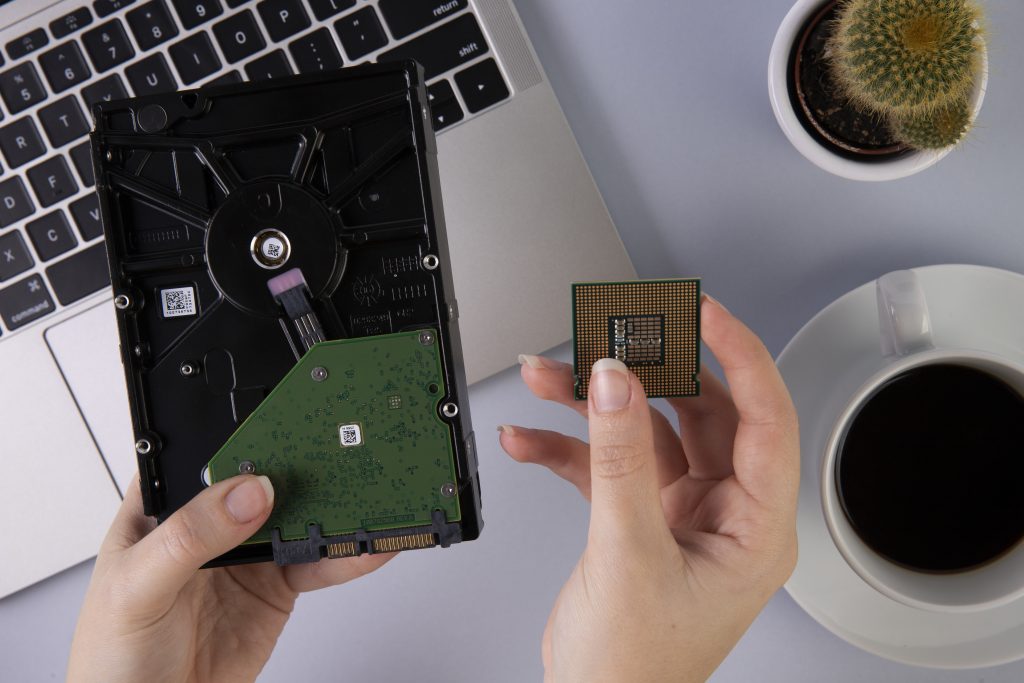Have you ever felt like your computer was running on a treadmill, slowly chugging along as if weighed down by a heavy burden? Well, if you’re using McAfee as your system security monitor, it’s possible that this burden might be the memory usage. McAfee is renowned for its ability to safeguard against malware, but it can consume a significant amount of RAM, especially when you’re multitasking. But fear not! There are ways to optimize your computer’s performance while still ensuring adequate security. In this discussion, we will explore the impact of McAfee on your RAM usage and provide strategies to manage it effectively. So, hang tight as we uncover the secrets to achieving optimal performance without compromising on protection.
Understanding McAfee’s RAM Usage
Understanding how much RAM McAfee uses is essential for optimizing your computer’s performance. The impact of McAfee’s RAM usage on system performance can be significant. When McAfee consumes a large amount of memory, it can slow down your computer and affect the overall speed and responsiveness. To manage McAfee’s memory usage, there are several strategies you can employ. First, you can compare McAfee’s RAM usage to other antivirus programs to determine if it is using more resources than necessary. Additionally, you can consider the potential trade-offs between memory usage and security effectiveness. Adjusting McAfee’s settings and scanner priority can help optimize memory usage and improve system performance. By limiting the amount of memory allocated to McAfee, you can ensure that your computer runs smoothly while still maintaining adequate security. Finally, there are tips for optimizing system performance while using McAfee, such as closing unused programs, periodically defragmenting your system, and managing free memory. By implementing these strategies, you can strike a balance between security and performance, ensuring that your computer operates efficiently while still being protected from threats.
Accessing Task Manager to Monitor Memory Usage
To access Task Manager and monitor memory usage while McAfee is running, press Ctrl-Alt-Delete and open the Task Manager window. Task Manager provides a convenient way to monitor system resources and optimize performance. By monitoring memory usage, you can troubleshoot high usage issues and effectively manage system resources.
Once the Task Manager window is open, click on the “More Details” option at the bottom of the dialog window. This will display additional information and options. Next, navigate to the “Details” tab to view the running operations on your computer.
To control memory usage specifically for McAfee, right-click on the “scan32.exe” process in the list of running operations. From the context menu, select “Set Priority.” Choose the desired priority level for the McAfee scanner, depending on your system resources. Selecting a lower priority level, such as “Low,” will limit McAfee’s memory usage.
After adjusting the priority settings, close the Task Manager window to apply the changes. By managing memory usage and optimizing system resources, you can ensure that McAfee operates efficiently without consuming excessive RAM. This will help improve overall system performance and maintain a balance between security and resource utilization.
Adjusting McAfee Scanner Priority for Optimal Performance
Adjust McAfee scanner priority to optimize the performance of your system. By managing system resources and prioritizing memory usage, you can control memory allocation and improve overall efficiency. Here’s how you can adjust McAfee scanner priority for optimal performance:
- Open Task Manager by pressing Ctrl-Alt-Delete and selecting Task Manager.
- Click on ‘More Details’ at the bottom of the dialog window.
- Select the ‘Details’ tab to view running operations.
- Right-click on ‘scan32.exe’ in the list of running operations.
- Choose the desired priority level for McAfee scanner, such as ‘Low’ to limit its resource usage.
Finalizing System Settings for Efficient Memory Management
To optimize the management of memory in your system, make the necessary adjustments to finalize the settings for efficient memory usage. Managing system resources and controlling resource usage are vital for optimizing computer performance. Implementing memory optimization techniques can help maximize the available memory and ensure smooth system operation. One way to achieve this is by freeing up memory through the adjustment of McAfee settings.
To finalize the system settings for efficient memory management, access the Task Manager while McAfee is running. Press Ctrl-Alt-Delete and click on Task Manager. In the Task Manager window, click on ‘More Details’ and select the ‘Details’ tab to view running operations. From the list of running operations, right-click on ‘scan32.exe’ and choose ‘Set Priority’ from the context menu. Depending on your system resources, select a priority level such as ‘Low’ to limit McAfee’s resource usage.
Once the priority settings are adjusted, close the Task Manager window to apply the changes. These optimized system settings will control McAfee’s memory usage and enhance overall computer performance. By taking these steps, you ensure efficient memory management and optimize your computer’s performance.
Identifying the Cause of High Memory Usage by McAfee
High memory usage by McAfee can be identified by checking the Task Manager for the program causing high CPU usage, such as mcshield.exe. To address this issue and optimize memory usage, you can consider the following steps:
- Checking mcshield.exe process: Use Task Manager to identify if mcshield.exe is consuming a significant amount of memory.
- Updating McAfee: Running an outdated version of McAfee can contribute to high memory usage. Make sure to update McAfee to the latest version to reduce memory usage.
- Disabling unnecessary functions: Evaluate if certain functions, like the firewall, are necessary. Disabling unnecessary functions can free up memory and improve system performance.
- Managing free memory: Close unused programs and periodically defragment your system to optimize memory usage. Keeping RAM usage lean can help mitigate the impact of McAfee’s memory usage.
- Addressing interference from other programs: Some programs, such as Google Desktop, can interfere with McAfee and cause high CPU usage. Exclude McAfee from these programs’ indexing lists to prevent interference and reduce memory usage.
Updating McAfee to Reduce Memory Usage
Updating McAfee to the latest version can improve efficiency and reduce memory usage, ensuring optimal performance for your system. Upgrading software is a crucial step in troubleshooting techniques to address high memory usage. By updating McAfee, you can take advantage of memory optimization and performance improvement measures implemented in newer versions. McAfee has released patches in the past to specifically address memory usage issues, so keeping your software up to date is essential.
To update McAfee, check the McAfee website for discounts on updating your existing account. Regularly download updates for the current year’s software to ensure you have the latest improvements in memory management. By doing so, you can reduce resource consumption and enhance the overall performance of your system. Disabling unnecessary functions, such as the firewall, can also optimize memory usage. Evaluate if the firewall is necessary and disable it if not required. Additionally, addressing interference from other programs, like Google Desktop, can help reduce memory usage by McAfee. Managing free memory through closing unused programs and periodically defragmenting your system can further mitigate the impact of McAfee’s memory usage. By following these steps, you can effectively reduce memory usage and improve the performance of McAfee on your system.
Disabling Unnecessary Functions to Optimize Memory Usage
Consider disabling unnecessary functions in McAfee to optimize memory usage and improve system performance. By evaluating the effectiveness of the firewall, managing background processes, and reducing resource consumption, you can improve memory utilization and optimize your system’s performance. Here are five steps to follow:
- Assess the need for McAfee’s firewall: Determine if you already have a firewall through your router or Windows security. If so, disabling McAfee’s firewall can free up memory and improve system performance.
- Manage background processes: Identify and disable any unnecessary background processes running alongside McAfee. This will reduce resource consumption and free up memory for other critical tasks.
- Evaluate other McAfee functions: Review all the features and settings of McAfee and disable any that are not necessary for your specific needs. This will help optimize memory usage and improve overall system performance.
- Optimize system performance: Regularly monitor and manage system performance by closing unused programs, defragmenting your system, and keeping RAM usage lean. This will mitigate the impact of McAfee’s memory usage and improve your system’s overall performance.
- Continually assess and adjust: Regularly evaluate the effectiveness of your memory optimization strategies and make any necessary adjustments to ensure optimal performance.





